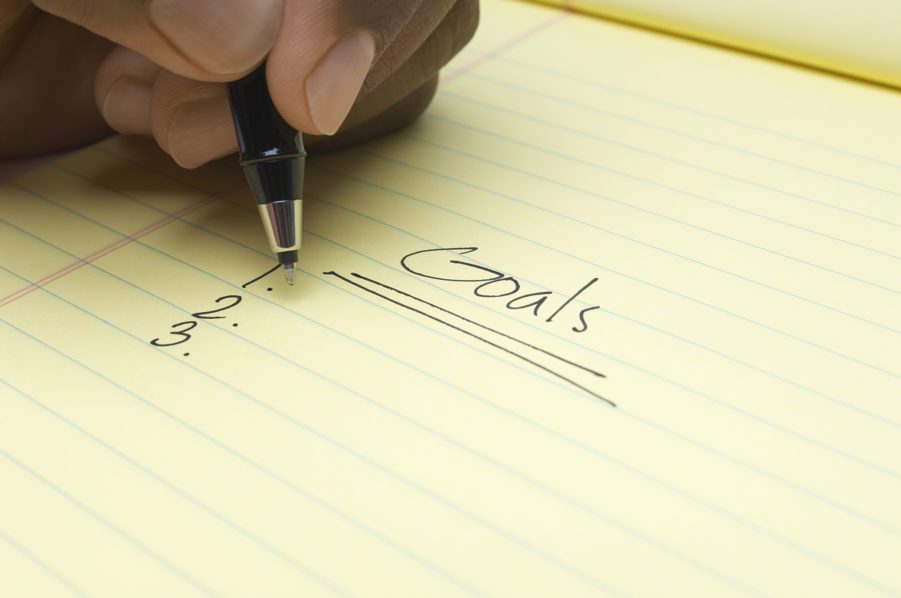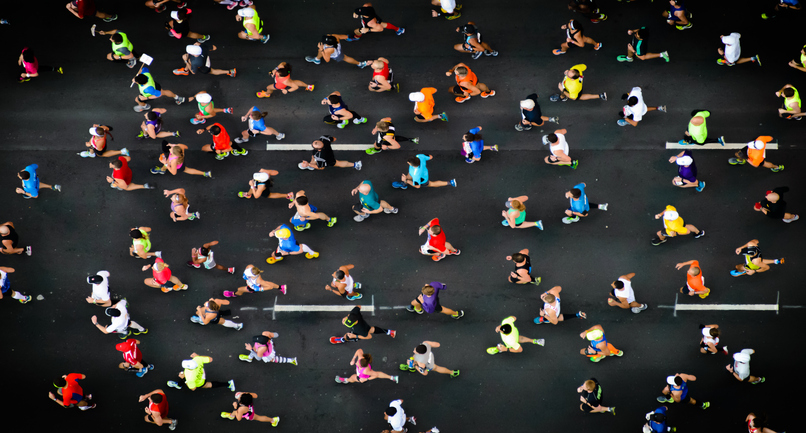The case for having multiple goals for one race
Having more than one target to hit will allow you to be more flexible on race day

When they sign up for a race, most runners also set a goal for that race, whether it’s to get to the end without stopping or to run a new personal best. Setting a goal is a great way to stay motivated, but in many cases, having only one goal is not enough. Most runners can benefit from having multiple targets to hit, and here’s why.

The “B” goal
When you set a goal at the beginning of a training cycle, it’s impossible to know what’s going to happen by the time race day arrives. You could get sick or injured between now and then, other life commitments could derail your training or your training could simply not go as well as you’d hoped it would. Whatever the reason, having a fall-back goal will help you stay motivated when things don’t go to plan, and will help you enjoy the experience more because you’re still achieving something (even if it wasn’t what you set out to achieve originally).
For example, perhaps your goal was to run under four hours in the marathon, but you missed a few long runs due to some family commitments and you know you’re not fully prepared to hit that target. You don’t have to abandon your goal entirely, but having a “B” goal will help you stay focused during the race if you’re not hitting the splits for your “A” goal, and you’ll get greater satisfaction at the end of the race because you still hit at least one target you set out for yourself.

Dream goals
On the flip side, training could go really well, and you might get part-way through your training cycle and realize that the original goal you set for yourself no longer reflects what you’re actually capable of. In some cases, runners are too attached to their original target and are afraid to raise the bar. This is where having a second, best-case scenario goal is a great idea. It will prevent you from getting stuck mentally and give you something even higher to aim for, if doing so makes sense.
Finally, having a dream goal is a great way to keep you motivated over the long-haul. You may not achieve this goal right away, and it may even take you a year or two before you get there, but it puts your more immediate goals into context, turning them into stepping stones toward something bigger. For example, your dream goal might be to run under 20 minutes for 5K. If your current personal best is 25 minutes, it’ll likely take you some time to get there, but every PB you have is a step in the right direction.

Try these two workouts to test your fitness ahead of your goal race
Looking at yourself objectively to determine what you might be capable of is difficult, which makes goal-setting tricky for some runners. If you’re not sure what goals you should set for yourself, ask a more experienced running friend, or better yet, speak with a coach who can help you come up with a list of goals that make sense for your current fitness level.


